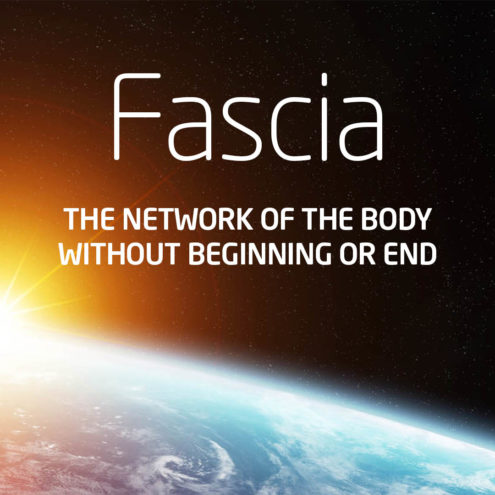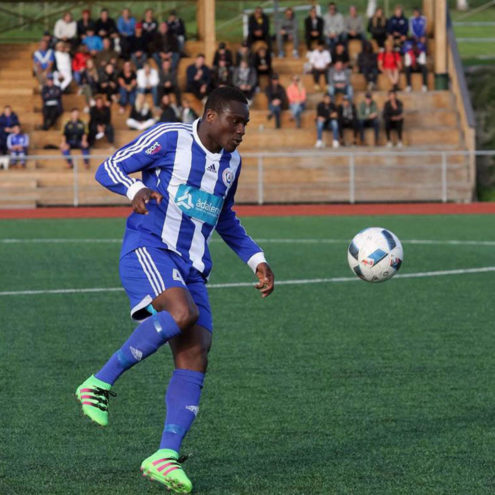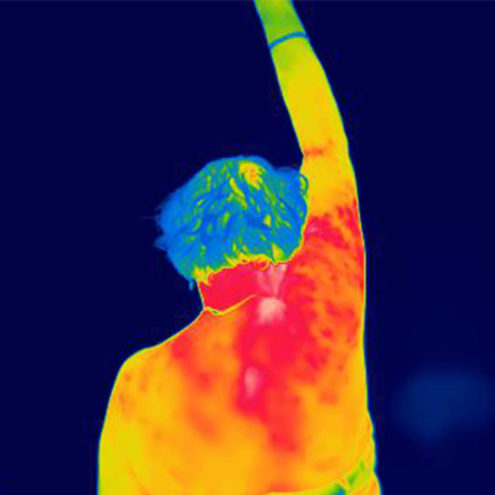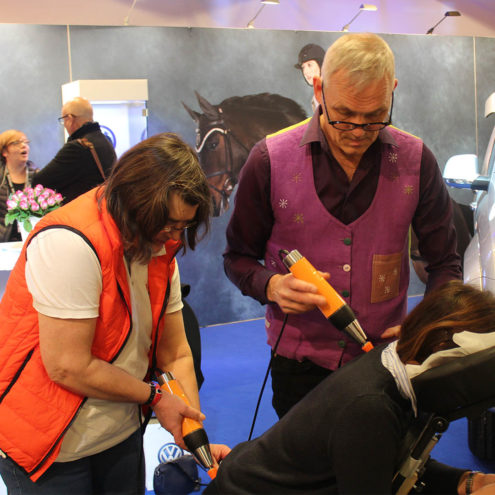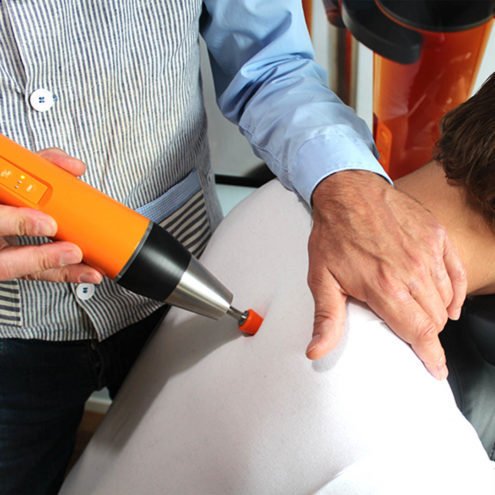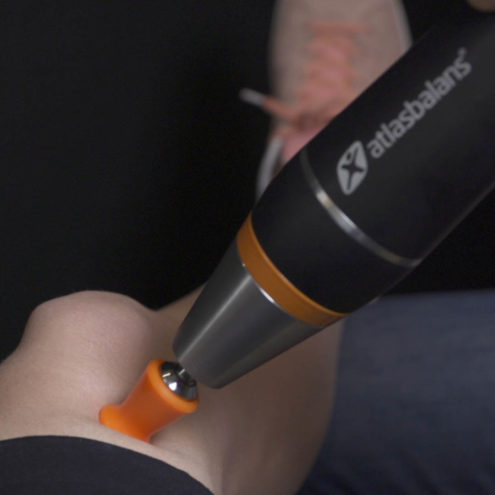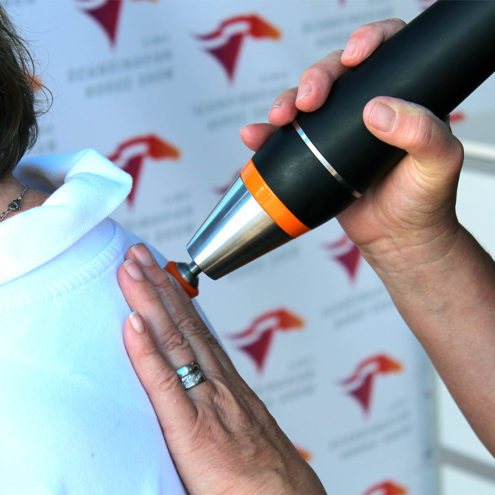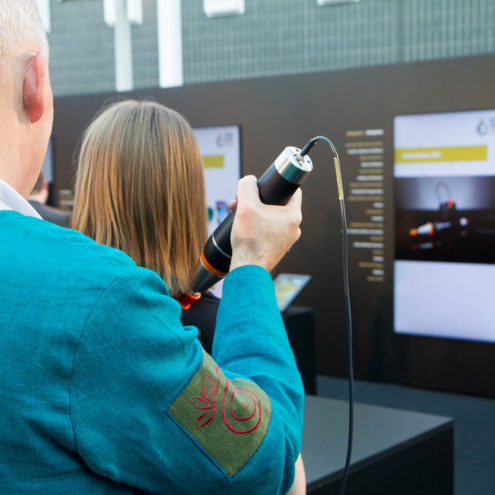Herniated disk exercises – everything you need to know
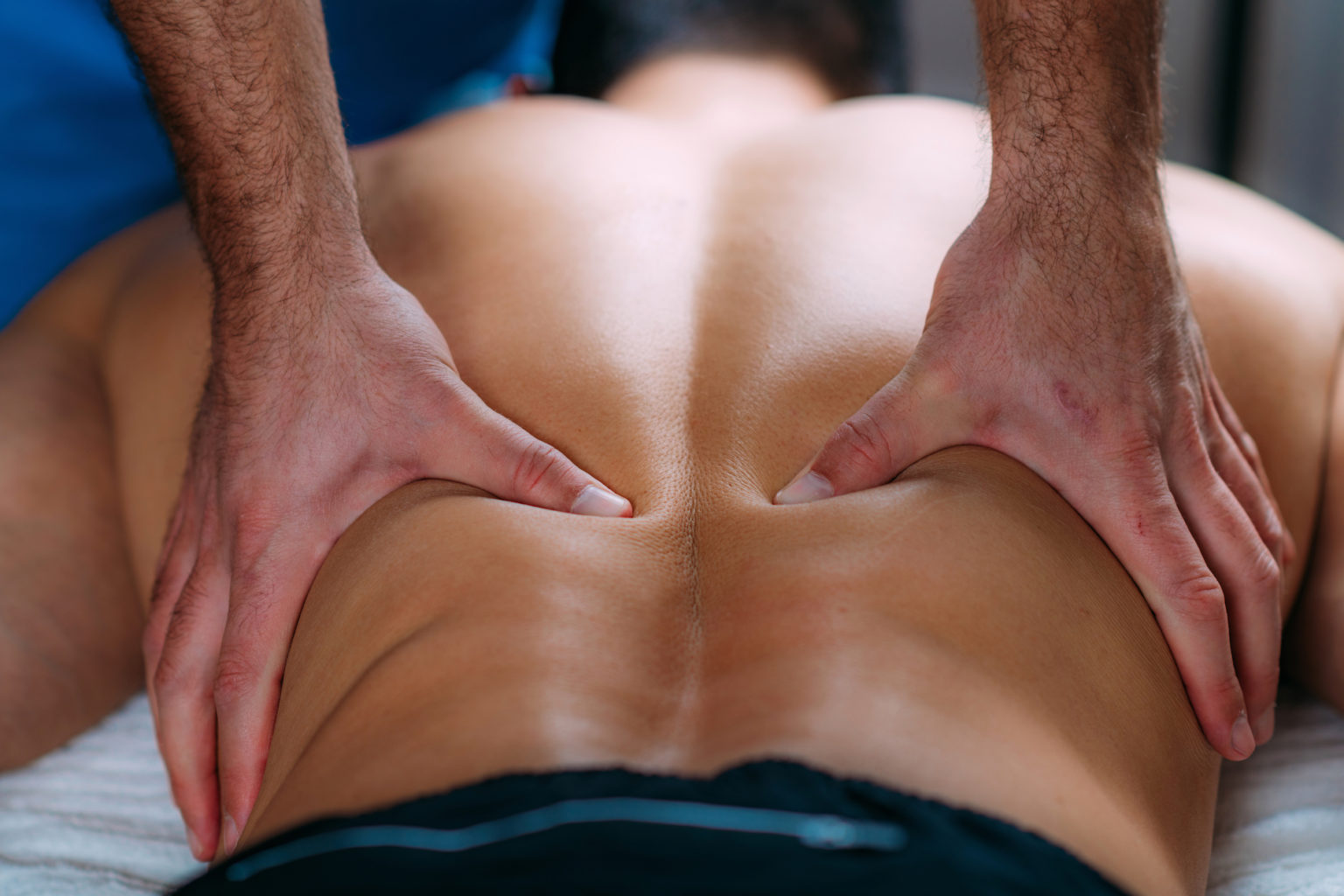
Herniated discs can be painful and affect your everyday life. With the right exercises, you can relieve the pain and strengthen your back muscles. In this article, we will explore the importance of exercises for herniated discs, give you exercise examples for both the neck and lumbar spine, discuss the benefits of regular exercise, when you should avoid exercises, and how the FasciaClinics can help you on your road to recovery.
The importance of exercises for herniated discs
When you have a herniated disc, it is not uncommon to experience pain, stiffness and reduced mobility. It may be tempting to rest and avoid activity, but this can actually worsen your condition. Exercises for herniated discs can be an important part of your rehabilitation and can provide several benefits, including:
Pain relief: The right exercises can help relieve the pain and discomfort associated with a herniated disc.
Improved muscle strength: Performing exercises can strengthen the muscles surrounding the spine, which can provide better support and stability.
Better balance: Exercise can improve your posture and balance, reducing the risk of future injury.
Increasing mobility: Many exercises focus on increasing the mobility of the spine and nearby muscles, which can increase your mobility.
To achieve these benefits, it is important to perform exercises regularly and with proper technique. It is also important to adapt the exercises to your individual situation and the location and severity of the herniated disc.
Exercises for a herniated disc in the neck
Neck stretch
- Purpose: To reduce tension and increase mobility in the neck. The side of the neck is stretched lying down to relieve the neck vertebrae.
- Instructions: Lie on your back. Now bring one ear down towards your shoulder on the same side. You can use your hand to make the stretch deeper.
Chin to chest stretch
- Purpose: To stretch the neck muscles to relieve the neck vertebrae.
- Instructions: Sit or stand with a straight back. Tilt your chin down towards your chest and try to stretch your neck as far as possible. Hold the position for 15-30 seconds.
Stretch your neck muscles
- Purpose: To stretch the muscles of the neck to relieve the neck vertebrae
- Instructions: Move your chin upwards to stretch your neck muscles.
The Clock
- Purpose: to strengthen the neck and relieve pain.
- Step-by-step instructions:
- Place your hand on your forehead.
- Press your forehead against your hand while holding the pressure with your hand. Hold for 5-10 seconds.
- Apply pressure from different angles so that you walk “clockwise” with pressure on your head.
Also read: Herniated disc in the neck
Exercises for lumbar disc herniation
Stretch your lower back
- Purpose: To stretch and relieve pressure on the lumbar spine.
- Step by step instructions:
- Lie on your back with your knees bent and feet flat on the ground.
- Lift your pelvis towards the ceiling and hold the position for a few seconds.
- Return to the starting position.
Knee to chest
- Purpose: To reduce pressure on the lumbar spine and stretch the back muscles.
- Step by step instructions:
- Lie on your back with your legs extended.
- Pull one knee towards your chest and hold it with your hands.
- Hold the position for 15-30 seconds and repeat with the other leg.
The Cat Pose / Marjaryasana
- Purpose: Stretch the muscles of the entire spine.
- Step-by-step instructions:
- Stand on all fours with hands under shoulders and knees under hips.
- Inhale deeply and let your stomach sink to the floor while lifting your head and letting your eyes meet where the wall meets the ceiling.
- Then exhale and round your back while lowering your gaze and letting your head hang down. You should be able to see your feet.
Psoas Pose
- Purpose: Reduce pressure on the lumbar vertebrae.
- Step-by-step instructions:
- Lie on your back with your feet resting on a height such as a chair, stool or similar to relieve the spine. Knees should be in a 90 degree bend.
- Let your arms be outstretched.
- Lie down for at least 15 minutes and breathe deeply during this time.
Read more about: Herniated disc in the lumbar spine
Benefits of regular exercise for herniated discs
Regular exercise for herniated discs can provide several health benefits. It can help improve your pain relief, strengthen the muscles that support your spine and increase your balance and mobility. Exercise is an important part of recovery and can help prevent future problems.
When should you avoid exercises?
Although exercises for herniated discs can be beneficial in most cases, there are situations where you should avoid them. If you experience acute pain, numbness, or other severe symptoms, you should consult a doctor before starting any exercise program. It is also important to adapt the exercises to your individual situation and avoid excessive strain or pain during exercise.
How the FasciaClinics can help you
The FasciaClinics has extensive experience in helping individuals with herniated discs regain their strength and mobility. We offer professional advice, treatment and tailored exercise programs designed to suit your specific needs and goals. Our holistic approach also includes fascial treatment, which can be effective in treating the pain and limitation of movement caused by herniated discs.
Frequently asked questions about herniated discs and exercise
What exercise is best for herniated discs?
The best exercise for a herniated disc will vary depending on your individual situation. It is important to consult a specialist or physiotherapist to get an exercise plan tailored to your needs.
What should you not do when you have a herniated disc?
When you have a herniated disc, you should avoid exercises that can increase pressure on the affected disc such as heavy lifting, excessive stretching and jumping.
What can aggravate herniated discs?
Exacerbating factors can include ignoring symptoms, overexertion, improper exercise techniques and not seeking professional advice and treatment in time.
How do I get rid of my herniated disc?
Getting rid of a herniated disc usually requires a combination of exercises, treatment and correct posture.
Can you massage away a herniated disc?
Massage can be part of the treatment for a herniated disc, but it should be performed by a professional therapist with experience in treating this type of injury. It is important not to massage directly on the herniated disc but instead focus on relieving muscle tension and improving blood circulation in the area.
Contact us for more support and advice
If you have a herniated disc and would like more information about exercises, treatment or training programs, don’t hesitate to contact Fascia Clinics. We are here to help you on your way to recovery and well-being.
 Search
Search

















